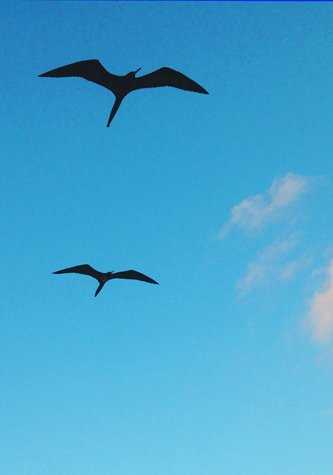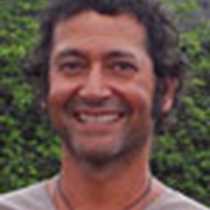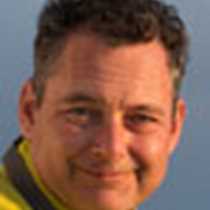Today the National Geographic Islander arrived at the shores of the biggest island, Isabela, to a place called Urbina Bay. There are many different geological features in this location, including some which are very unusual. In 1954 gas and pressure forces collapsed the magmatic chamber, greatly impacting the land. As a result, five square kilometers were uplifted about fifteen feet. With the land mass displaced from its environment, all marine species died, including some of the biggest brain coral heads found on the islands. After many years land species took over and have been able to colonize, such as land iguanas and giant tortoises. Most of our guests took the opportunity to hike on this fantastic, ever changing landscape and later got a quick swim to refresh themselves before coming aboard for a well-deserved lunch.
During the afternoon we moved to one of the very few places Charles Darwin was able to set foot. This location was also used by other ships, like whalers in search of amazing creatures. This is the reasonable explanation as to why there are paintings on all the walls of Tagus Cove bay. Since the walls are composed of compacted ash, the old drawings were all carved. Later the captains decided to use paint to leave a sign that they were here. We did some snorkeling among sea turtles, Galapagos penguins and cormorants. Some other guests went kayaking and paddled along the shoreline of the bay to take in the dramatic geological formations and view the nesting, flightless cormorants. The last excursion was a hike to the summit of one of the tuff cones in Tagus to see what Darwin himself found, a gorgeous lagoon (that now has his name) and the lava flows of the volcano.









